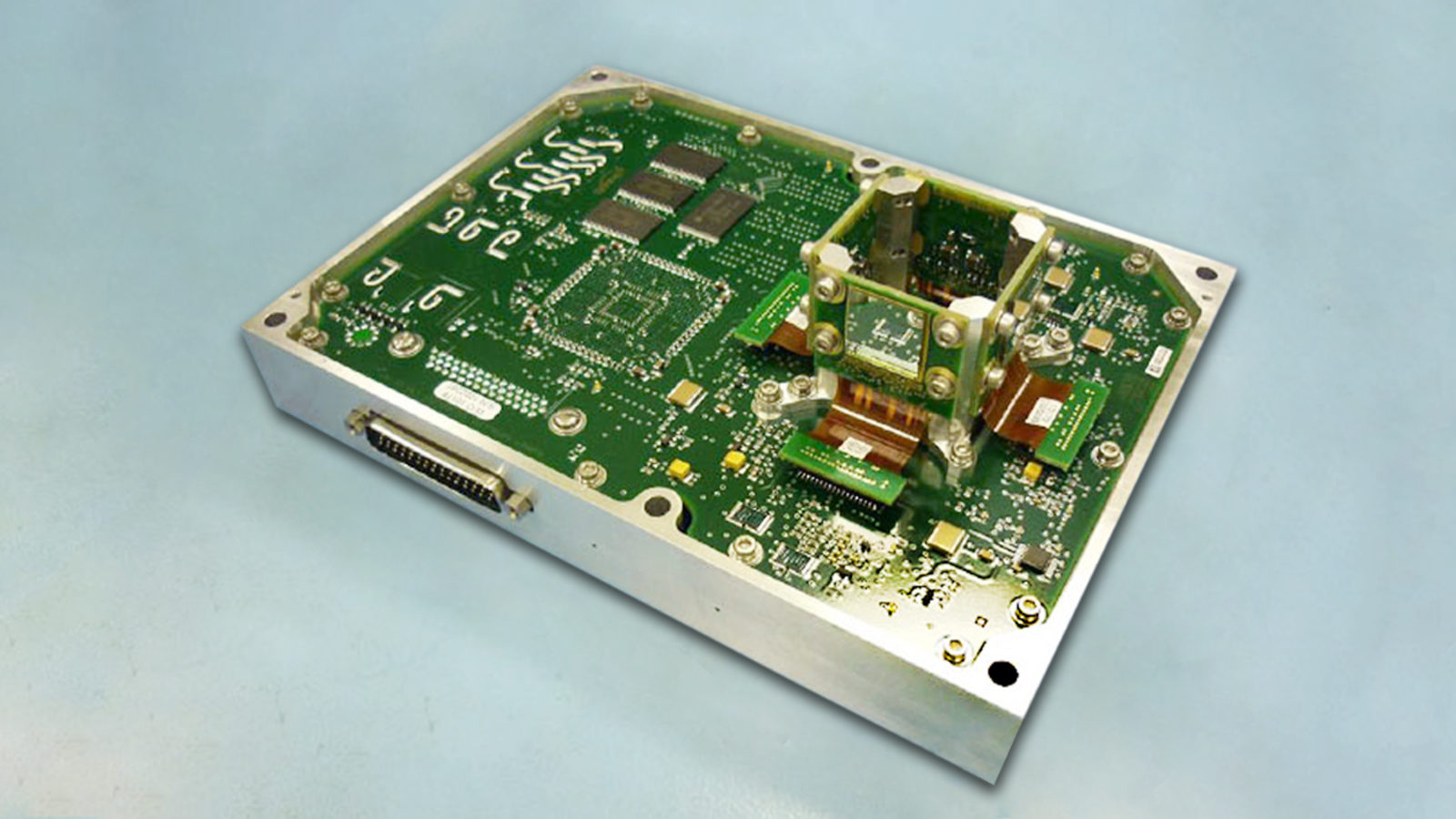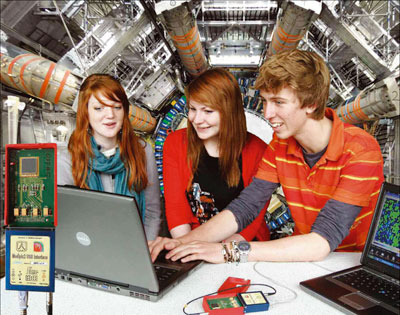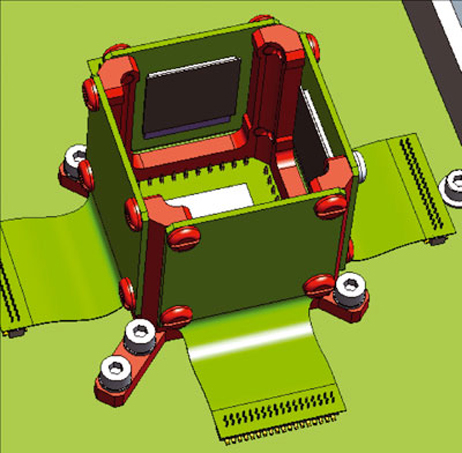In 2012 the TechDemoSat-1 satellite will blast into orbit carrying a cosmic-ray detector that the students designed and adorned with their school mascot, a Langton lion.
But NASA will narrowly beat the students to the task. The space agency plans to fly detectors made up of the same microchips to the International Space Station before the end of 2011 to help monitor astronauts’ exposure to cosmic rays and other space radiation in real time.
This does not faze Parker, who teaches at Simon Langton Grammar School for Boys in Canterbury, England. Rather, it serves to her as proof that the extracurricular science project she orchestrates gives her students a taste of real, cutting-edge physics.
“It’s not a school experiment; it’s proper high technology,” Parker said. “It makes me sort of lose my breath sometimes that we’re sending up an experiment that probably has as much significance as many other experiments being sent up into space.”
It started with a field trip and a contest, as Parker noted in the June 2010 issue of symmetry magazine. Parker regularly takes groups of students to the CERN laboratory on the border of France and Switzerland. During a trip in 2007, tour guides took them to the laboratory of a British scientist, Michael Campbell. Campbell showed the students microchips he and his collaboration designed to detect particles in collisions in the Large Hadron Collider. The advanced, radiation-hard technology could detect the energy and direction of motion of individual particles.
Parker remembered the chips when, soon after the visit, Surrey Satellite Technology Ltd. held a competition to choose a student experiment to send into orbit on one of its satellites. She received permission for her students to use the technology in designing a cosmic-ray detector to go into space.
To support the Langton Ultimate Cosmic-ray Intensity Detector – LUCID – project, more than 50 students have formed a miniature laboratory, complete with computer programmers and a publicity team. When students graduate, they hand their responsibilities down to the lower grades. Both boys and girls participate; Simon Langton Grammar School for Boys kept its historical name when the institution began admitting both genders.
Student William Matcham, 18, who has been working on LUCID since 2007, said he appreciates the independence the project offers the students.
“Most times in the classroom, we’re told what to do and what the result’s going to be,” he said. “This is the opposite.”
Before the detector heads to the great beyond, the students need to develop software that will control how often and for how long an electronic “gate” that activates the detector will open to expose its 65,000 pixels to cosmic radiation. When the detector is moving through an area with little radiation, the gate can stay open longer to gradually collect signals from cosmic rays passing through it. But when it is in an area with a high concentration of particles, such as the South Atlantic Anomaly, it needs to spend more time shut to avoid overloading the available bandwidth.
The students are developing an algorithm to make the detector constantly readjust the timing of the gate in response to its readings, said Professor Larry Pinsky, chair of physics at the University of Houston, who has been advising the students. The detector will beam cosmic-ray data from the satellite back to the students, who will distribute it to colleagues from at least 10 other schools in the Kent area and other schools around Europe.
“It’s like playing at being NASA or the European Space Agency, but they’re not really playing,” Pinsky said. “They’re doing the real thing.”
Since the project began, more Langton students have gone on to enroll in physics and engineering classes at university and, Parker hopes, will continue their pursuit of real-world science into the future.





